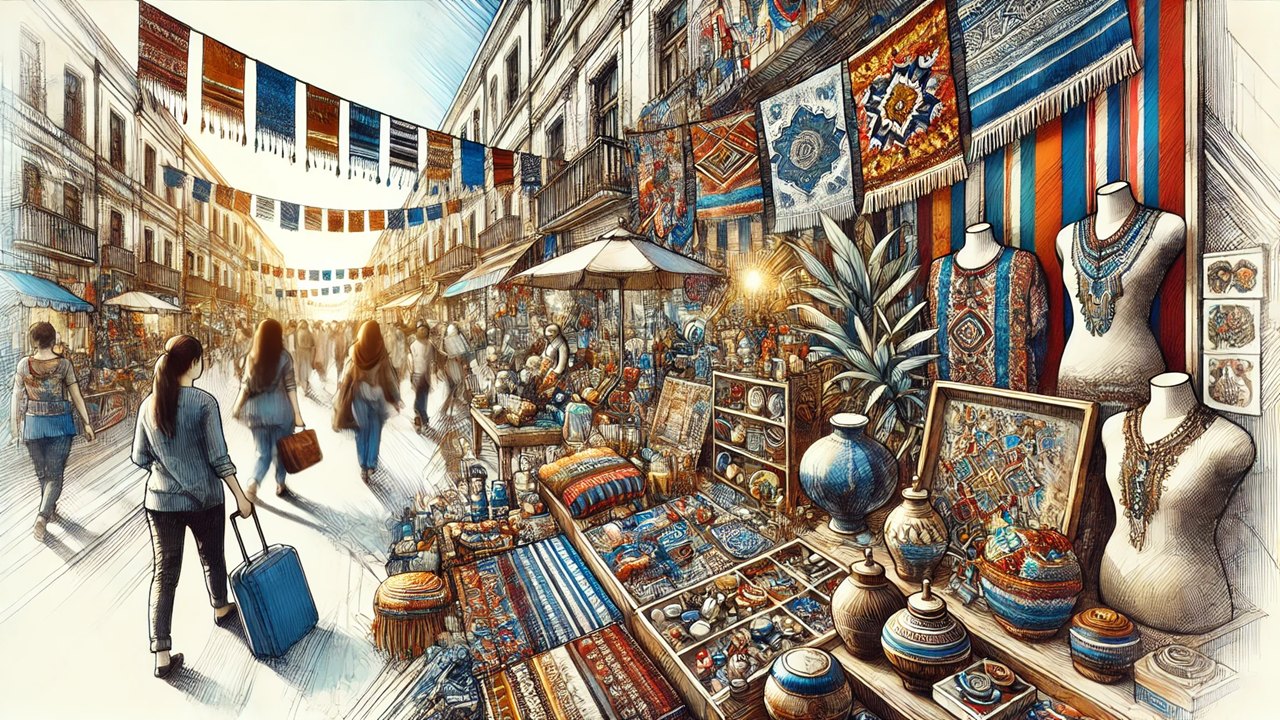Redefining Creativity: UNCTAD's Blueprint for Economic Growth
The 2024 UNCTAD report "Advancing the Measurement of the Creative Economy" introduces a revised framework for better capturing the economic contributions of creative industries. This new framework links ISIC, HS, and EBOPS codes to ensure consistent classification, incorporates the latest technological advancements, and provides detailed tables for measuring international trade in creative goods and services. The report aims to help policymakers and stakeholders understand and leverage the creative economy's potential.

As the creative economy emerges as a dynamic force in global markets, the United Nations Conference on Trade and Development (UNCTAD) has unveiled a revised framework to enhance its measurement and understanding. The 2024 report, "Advancing the Measurement of the Creative Economy," provides an updated approach to capturing the economic contributions of creative industries. This article delves into the key elements of the report and the significance of the creative economy in today’s world.
Booming Sector
The creative economy is not just a buzzword; it is a rapidly expanding sector with substantial economic impact. According to UNCTAD, the cultural sector alone contributes 3.1% to global GDP and employs between 2.6% and 10.3% of the workforce in various countries. Creative goods and services also represent a significant portion of global trade, accounting for 3% of total merchandise and 19% of service exports. These figures underscore the creative economy's potential as a driver of economic growth and diversification, particularly in developing countries.
The Need for a New Framework
Technological advancements and evolving consumer preferences have transformed the creative economy, prompting the need for updated measurement frameworks. Traditional methods often fail to distinguish between handmade and mass-produced goods and struggle to capture the dynamic nature of creative activities. UNCTAD’s new framework addresses these challenges by introducing more nuanced classifications and methodologies.
Key Updates in the Framework
UNCTAD's revised framework introduces several significant changes.
Linking ISIC, HS, and EBOPS Codes: By creating a methodology that links creative industries with their respective Harmonized System (HS) and Extended Balance of Payments Services Classification (EBOPS) codes via the Central Product Classification (CPC), UNCTAD ensures consistency in how industries and trade statistics are classified.
Application of Latest ISIC and HS Classifications: The framework uses the latest versions of the International Standard Industrial Classification (ISIC) Rev. 5 and HS 2022. These updates reflect technological advancements and include new product categories while removing obsolete ones, providing a more accurate picture of the creative economy.
Enhanced Coverage of Creative Goods and Services: The new classification includes emerging products and services resulting from digital transformation. This includes e-books, music streaming services, and other digital products that were not previously captured under the old framework.
Measuring Economic Impact
The updated framework also offers detailed tables linking ISIC Rev. 5 codes for creative industries with HS 2022 and EBOPS 2010 codes for creative goods and services. These tables serve as valuable tools for countries aiming to measure the economic impact of their creative industries accurately and participate in international trade. By providing a more comprehensive and up-to-date classification system, UNCTAD’s framework helps policymakers and stakeholders better understand the contributions of the creative economy.
UNCTAD’s "Advancing the Measurement of the Creative Economy" report marks a significant step forward in capturing the full spectrum of the creative economy. By addressing the limitations of previous frameworks and aligning with the latest international classifications, the report provides a robust and responsive tool for measuring and leveraging the creative economy's potential. As the world continues to embrace digital transformation, the creative economy's role in driving sustainable economic growth and social inclusion becomes increasingly vital.By adopting this revised framework, UNCTAD not only acknowledges the evolving landscape of the creative economy but also provides the necessary tools to capture its impact accurately. As countries implement these new standards, they will gain better insights into their creative sectors, ultimately fostering economic development and cultural richness.
- FIRST PUBLISHED IN:
- Devdiscourse










